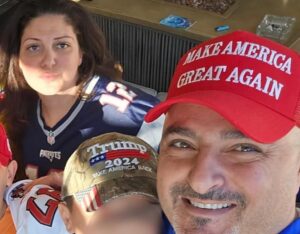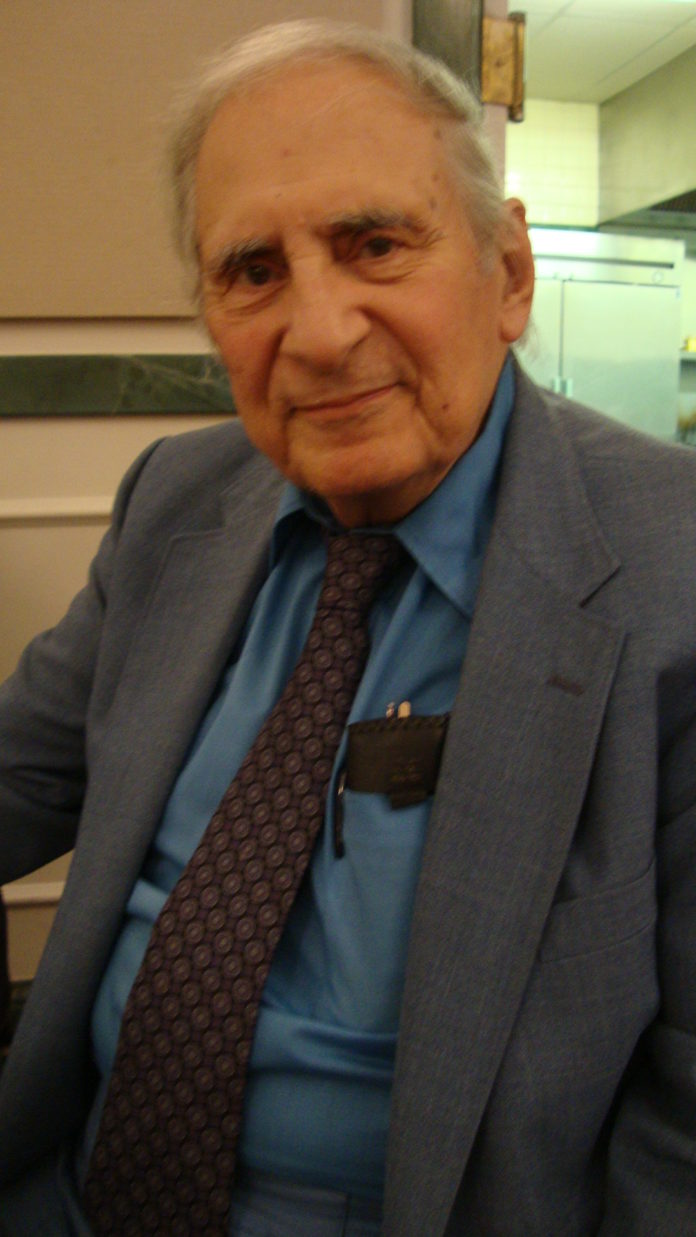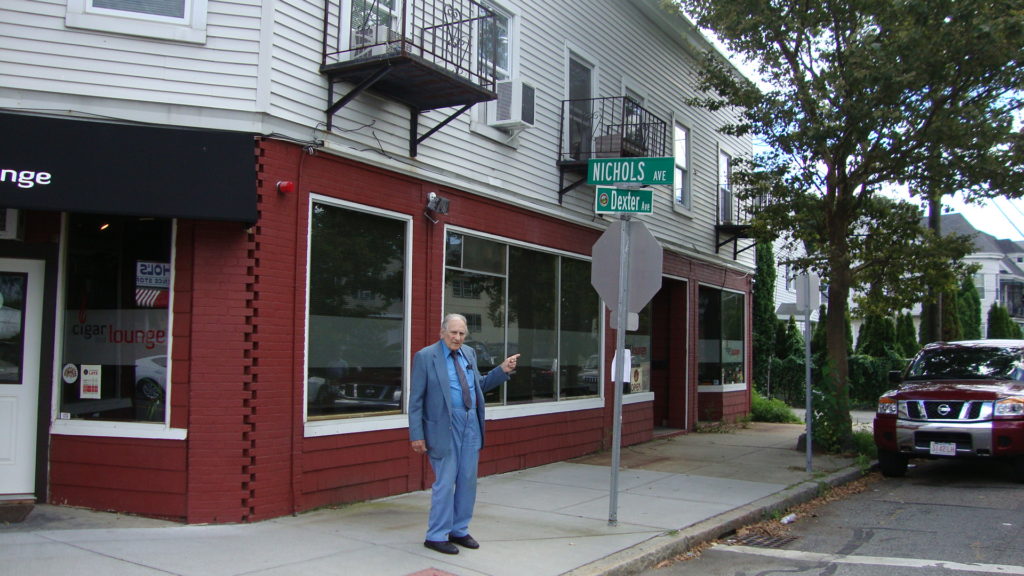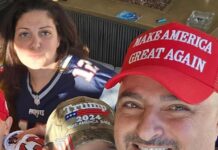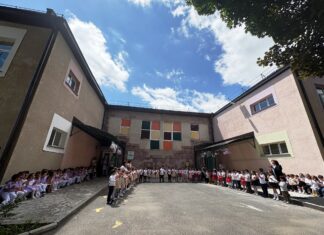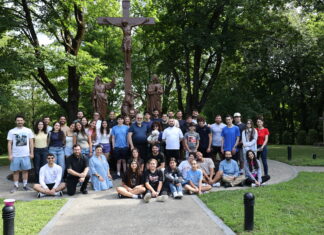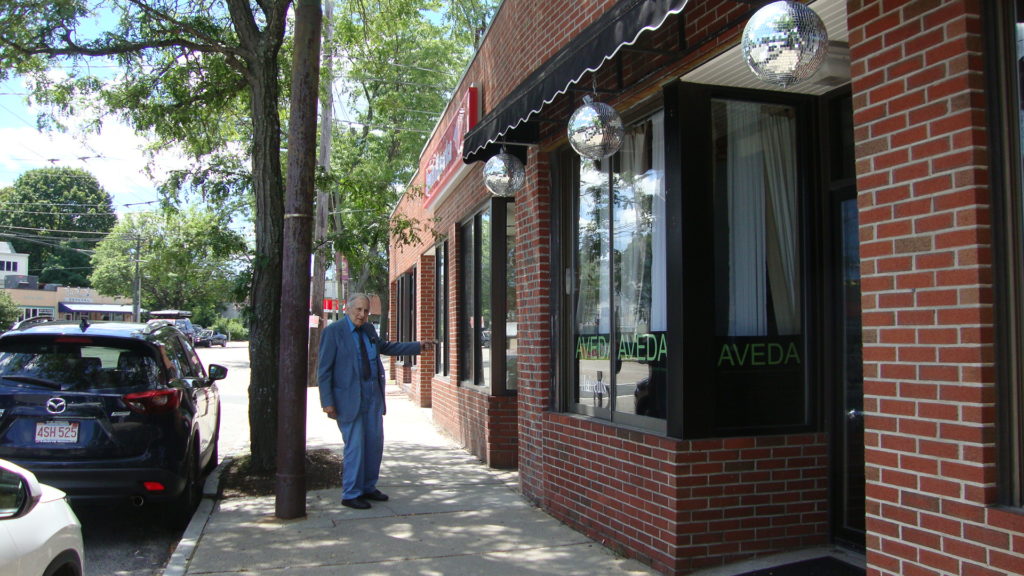 By Nancy Kalajian
By Nancy Kalajian
Special to the Mirror-Spectator
WATERTOWN — At 88, Bob Sanasarian jauntily walks through the streets and byways of East Watertown to recollect the shops that once were, in many buildings that still are. With a keen memory for names and places, my pen can hardly keep up with his recall of shops, fruit-ripening facilities, cleaners and of course, his family’s Ideal Market. With a penchant for storytelling, a gift for elaboration, and quick wit, Bob could keep even the sleepiest audience awake for hours.
A lifelong resident of Watertown, Sanasarian is a weekly presence at St. James Armenian Church in Watertown, both as a choir member on Sundays for the past 73 years and as a volunteer at Bingo on Tuesdays. He may well hold the record for longevity in the choir; he recalls that the only time he couldn’t be in church was many decade ago when he would be “on call” for duty during a nearly 12-year stint in the US Naval Air Reserves. But no matter which way he would he would go, he would always go in the direction of St. James when he was in town.
Indeed, a film starring Bing Crosby could well be the anthem of his life. As a youthful usher at the one-screen Coolidge Theatre in East Watertown, he still remembers tiny details from the film “Going My Way” that he viewed scores of times, all week long. In those days, only one film was viewed at a time, and that film could play for weeks at a time.
“In one scene from the film, they are setting a table. Bing Crosby has a fork in his hand. He pokes around the food a lot with his fork but never puts the fork to his mouth,” reminisces Sanasarian, imitating the star, with a gleeful smile.
